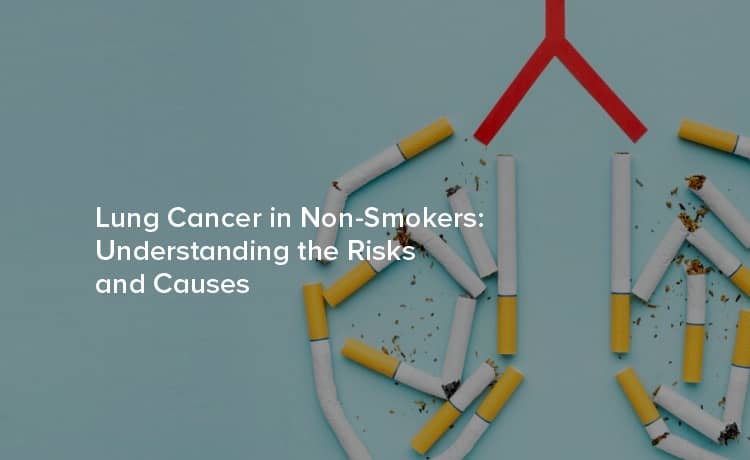
Traditionally, lung cancer and smoking have been closely linked in both research and public awareness campaigns. But as we uncover more about this disease, it becomes clear that smoking is not the only culprit. So, what does this mean for non-smokers, and how does lung cancer affect this population? Let's dive in.
Non-smoker lung cancer is defined as lung cancer that occurs in individuals who have smoked fewer than 100 cigarettes in their lifetime. Surprisingly, if lung cancer in non-smokers were a separate category, it would rank among the top 10 fatal cancers globally. Research suggests that between 10% to 15% of lung cancer cases occur in non-smokers.
Environmental, occupational, and genetic factors can all contribute to the risk of developing lung cancer without a history of smoking.
Identifying lung cancer early can be challenging, as symptoms often mirror less serious conditions. Persistent coughs, chest pain, breathing difficulties, and unexplained weight loss are among the symptoms to watch out for. For diagnosis, imaging tests like chest X-rays and CT scans are commonly used, along with tissue biopsy, when there's a suspicion of cancer.
The primary treatments for lung cancer are similar for smokers and non-smokers and may include:
Reducing the risk includes:
Lung cancer in non-smokers is an increasingly important health consideration and serves as a reminder of the diverse causes of this disease beyond tobacco use. Understanding its risk factors and promoting prevention, early detection, and treatment offers the best opportunity for combating lung cancer in this population.
Everyone, especially non-smokers, must understand the risks, advocate for cleaner environments, and obtain regular health screenings. Let's educate ourselves and our communities and commit to a healthier, smoke-free world.